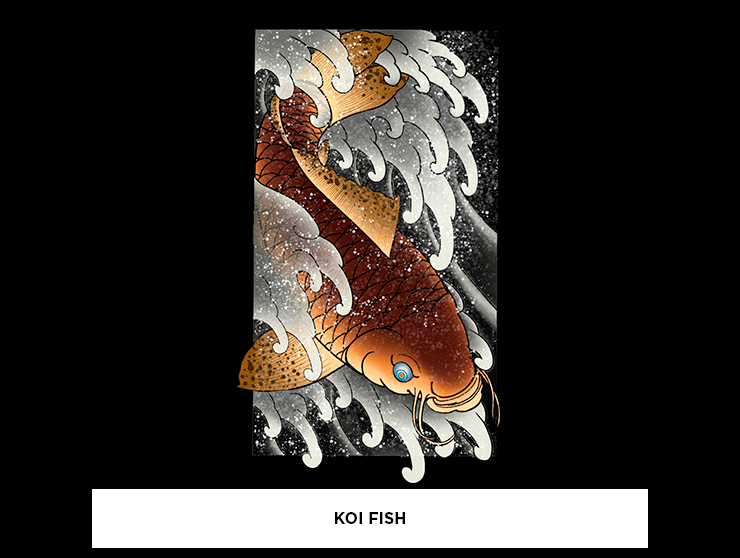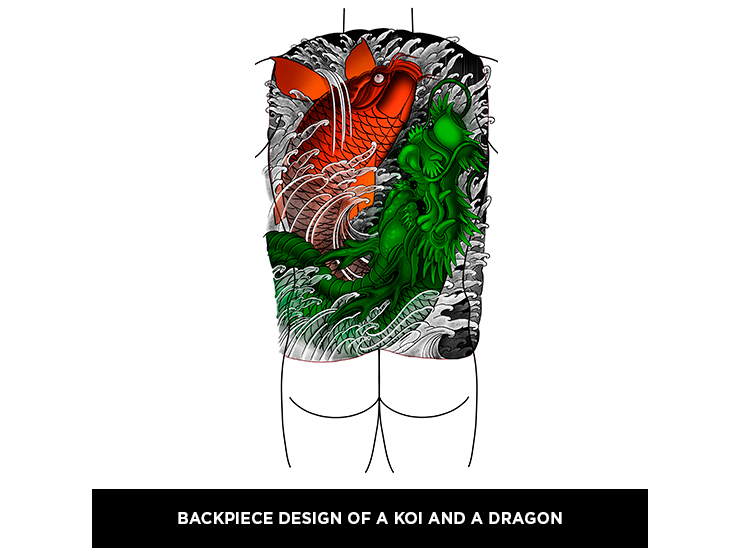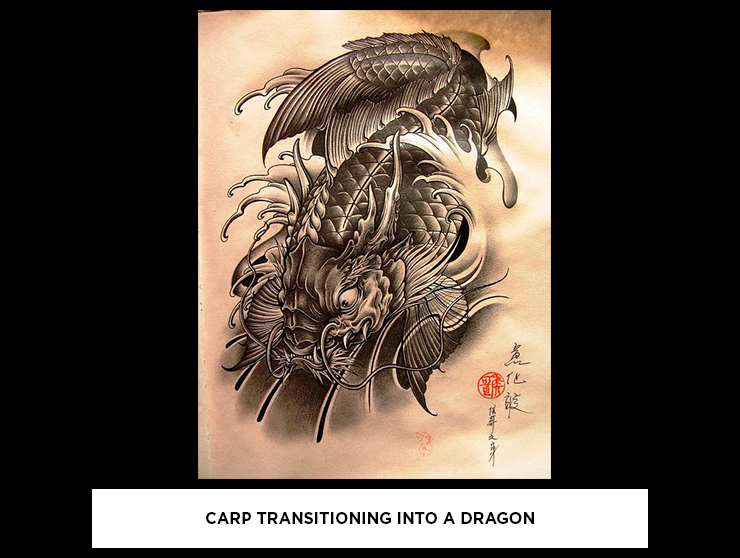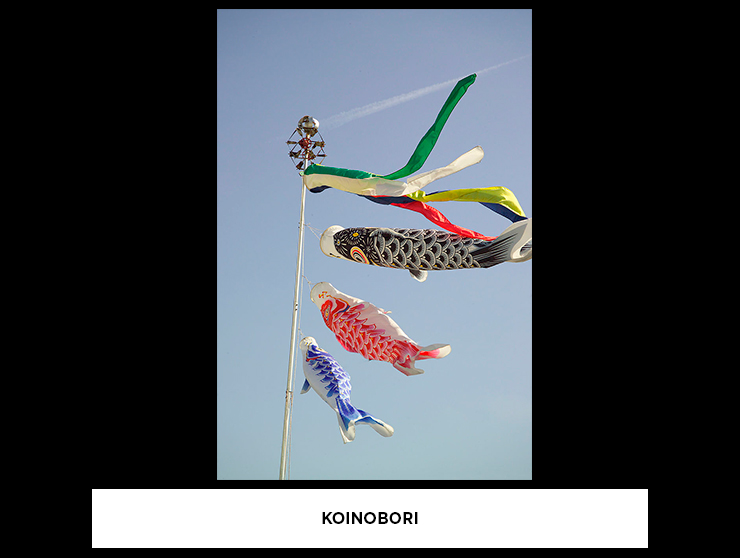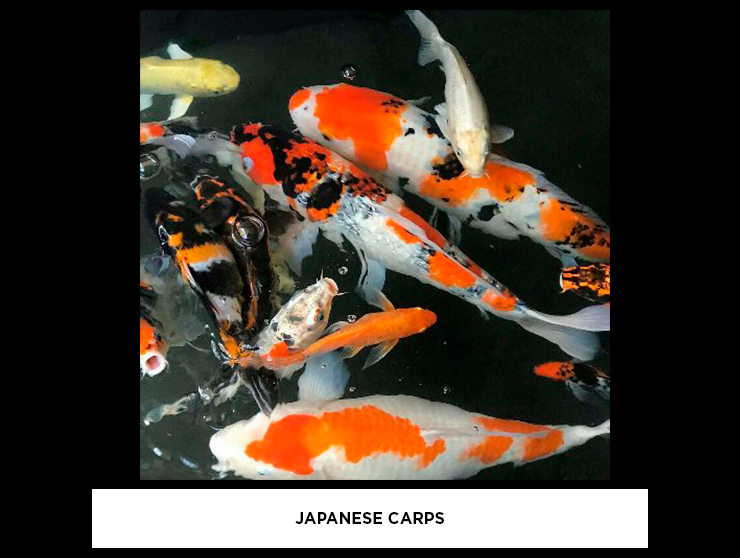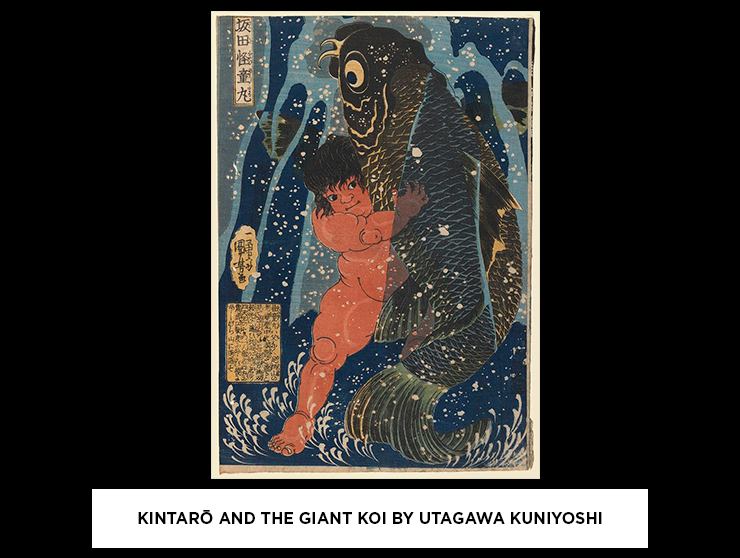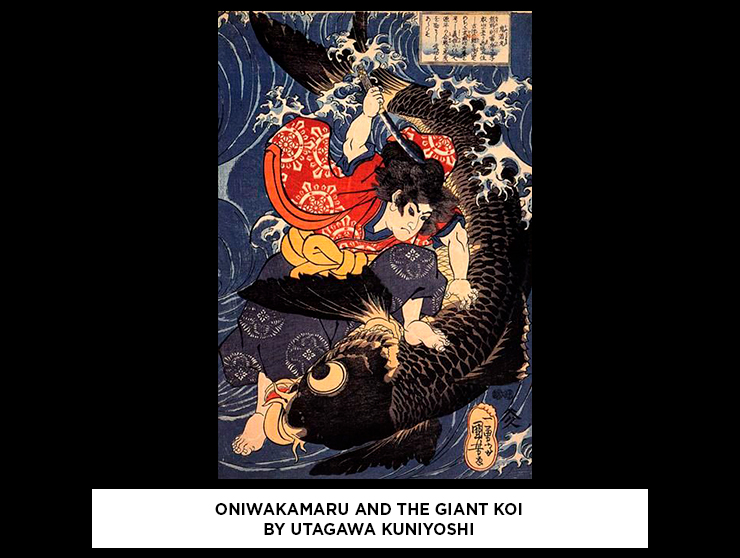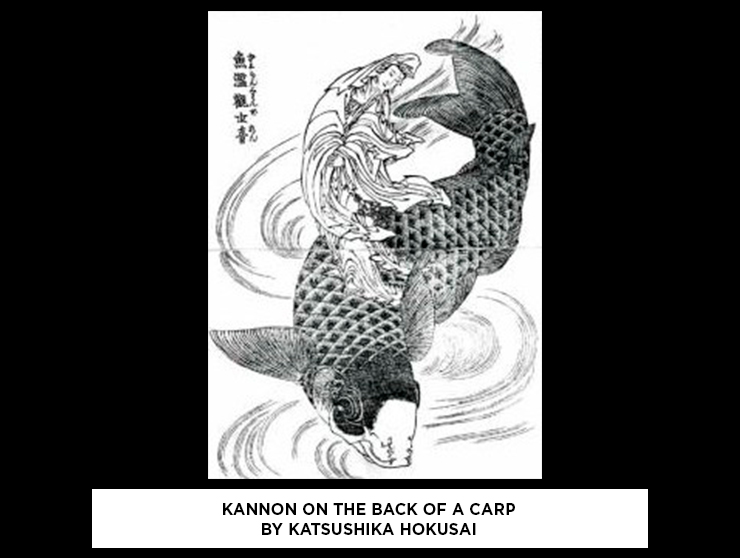Japanese carp – Koi 鯉
The carp (called koi in Japanese) is one of the most iconic animals represented in Japanese tattoos. It owes its popularity to the multiple meanings it holds. The meanings vary among tattoo masters, each has their own opinion. I will resume the most popular ones in this blog.
The koi that transforms into a dragon: strength, determination, courage and perseverance.
A koi fish is a lazy fish: it’s a bottom feeder and it doesn’t surface unless there’s food. Therefore, it’s not a fish known to be very combative. The story that tells of a koi that decided to swim up-stream and became a dragon is more of a cultural symbol for overcoming adversity. It is counter-intuitive for such a lazy animal to succeed a hard achievement. This legend is used to represent strength, determination, courage and perseverance. This one fish decided to go against its own nature to become something greater than itself (a dragon). Since the story always tells about one fish, it is also a symbol of independence.
There are also tattoos of kois transitioning into dragons. An animal half fish and half dragon, like the famous shachihoko, is usually used in tattoo to express a journey that has begun, but hasn’t ended yet.
In Japanese tattoos, the direction in which the fish is swimming is also important. If the carp is going upstream, it means that you are currently in battle and are still fighting obstacles without giving up. If the carp is going downstream, it means that you are comfortable with what you have achieved, you can now calmly follow the flow of the current.
Koinobori : Family
The koi is also a symbol of courage and virility: the koinoboris, meaning « carp streamers », are carp- shaped windsocks that are flown on the 5th of may, during Children Day in Japan. Parents hang them to express their wish for their sons to grow strong and healthy. Koinoboris are used to represent family members: the black one, called magoe, represents the father, the red one, called higoe, represents the mother and the blue one, called kogoe represents the child. Other colors can be used to represent other family members.
In Japanese style tattoos, there are 3 types of kois: higoi, the red koi, magoi, the black koi and nishikigoi which translates to the multicolor koi.
Happy marriage and eternal love
Two carps together can also be used to represent a happy marriage and eternal love. This interpretation comes from two things: the first being that a koi can live up to a hundred years. The second being the kanji 恋, which means love, is pronounced koi in Japanese.
Prosperity
Koi fish can also represent prosperity because they’re very expensive fish. The most colorful ones are breeded with care since a single fish can be worth a fortune. In 2018, a koi was sold $ 1.7 millions US, which made it the most expensive fish.
Koi and flowers
When combined with a lotus flower, the meaning of overcoming adversity is reinforced. The lotus is a beautiful flower that grows out of muddy ponds. The lotus is a resilient flower to be able to start out in a dirty pond but still become such a graceful flower.
The koi can also be paired with other flowers. In traditional Japanese tattoos, we see kois with cherry blossom flowers (sakura) and with maple leaves (momiji). This is a hot topic for traditional masters: some like to pair kois with sakura to represent the beauty of the fish, while some prefer pairing them with momijis to represent the time of the year (autumn) where these fish are the most active and go upstream.
Famous tales with koi fish
The most famous tale is the one of Kintarō who fought a giant koi fish. Kintarō could be compared to a baby Hercules: born with superhuman strength. At a young age, he was known to have fought ogres and monsters. His most famous battle was with a hitokui koi (man eating black koi fish). He fought bare handed courageously, like a Sumo wrestler.
Kintarō’s story is often confused with Oniwakamaru’s, because he also fought a hitokui koi. The way to tell them apart is to look at their clothing and also to notice if one has a katana (sword). During the fight, Oniwakamaru stabbed the fish.
The koi is also used by Kannon to go from one realm to another. Kannon, deity of compassion, is one of the most popular deity in Japan. There are multiple temples dedicated to Kannon throughout Japan.
